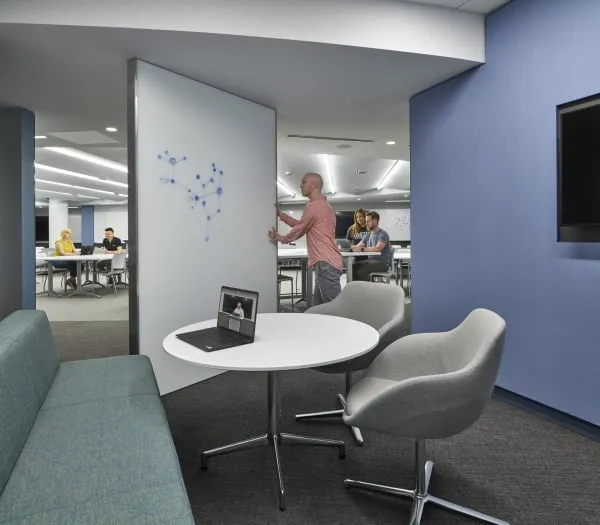Higher Education: Innovative Learning Environments for Neurodivergent Students

Redefining Educational Spaces
Higher education institutions are redefining their classroom structures to foster inclusion. Architects and educators must collaborate to design facilities that accommodate various learning styles.
Strategies for Inclusive Learning
- Flexibility in Design: Classrooms should offer adaptable seating arrangements.
- Quiet Zones: Areas for study that minimize distractions.
- Engagement Tools: Technology that supports different learning methods.
Impact on Career Success
By fostering a nurturing environment, higher education can significantly boost career readiness for neurodivergent individuals. Emphasizing their diverse capabilities opens doors to various job opportunities.
Looking to the Future
As events evolve, the focus on inclusive practices within higher education will continue to shape future learning environments.
This article was prepared using information from open sources in accordance with the principles of Ethical Policy. The editorial team is not responsible for absolute accuracy, as it relies on data from the sources referenced.